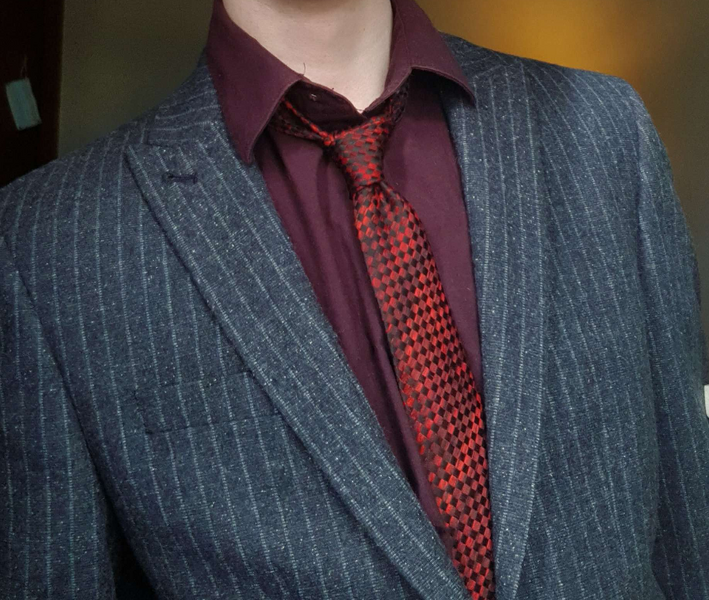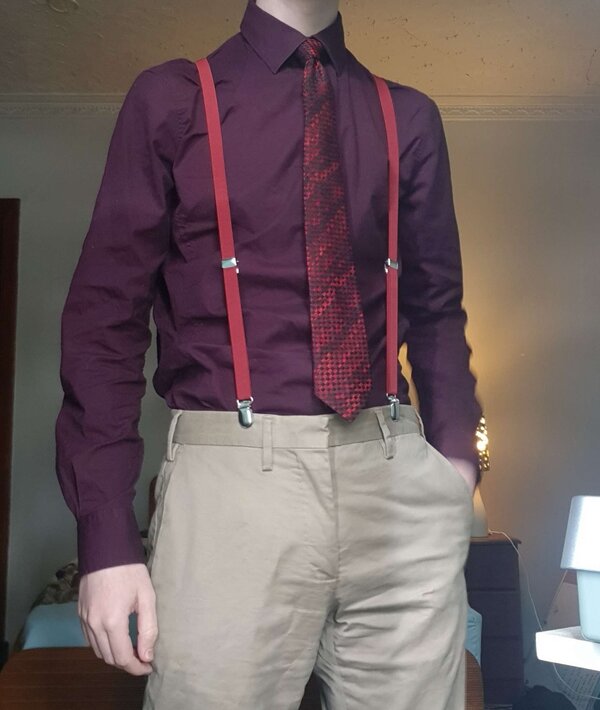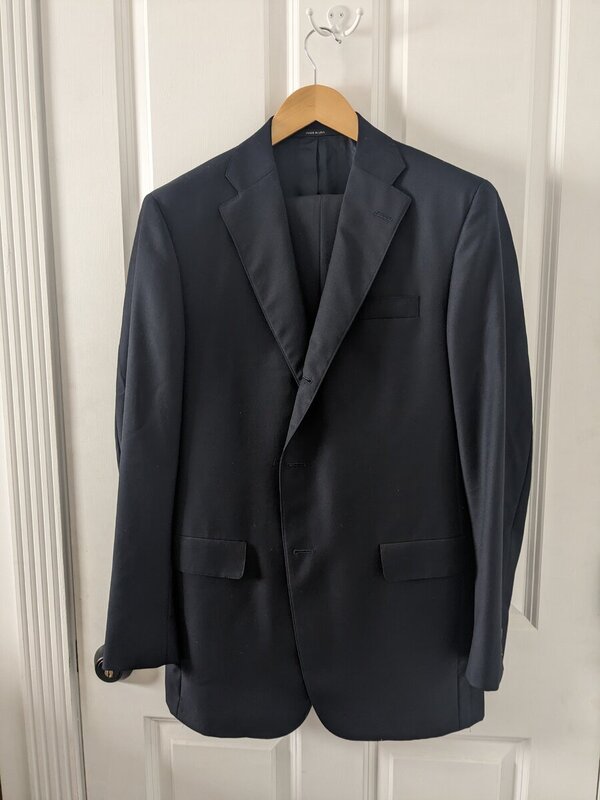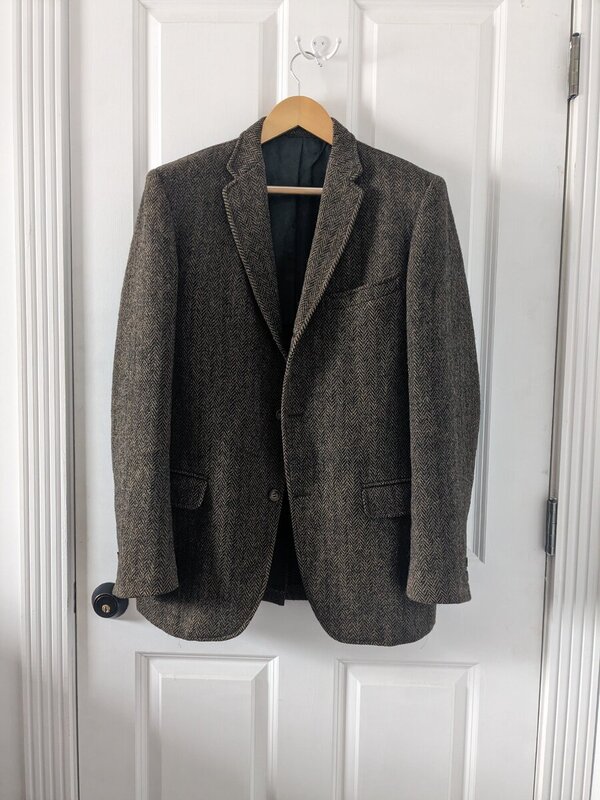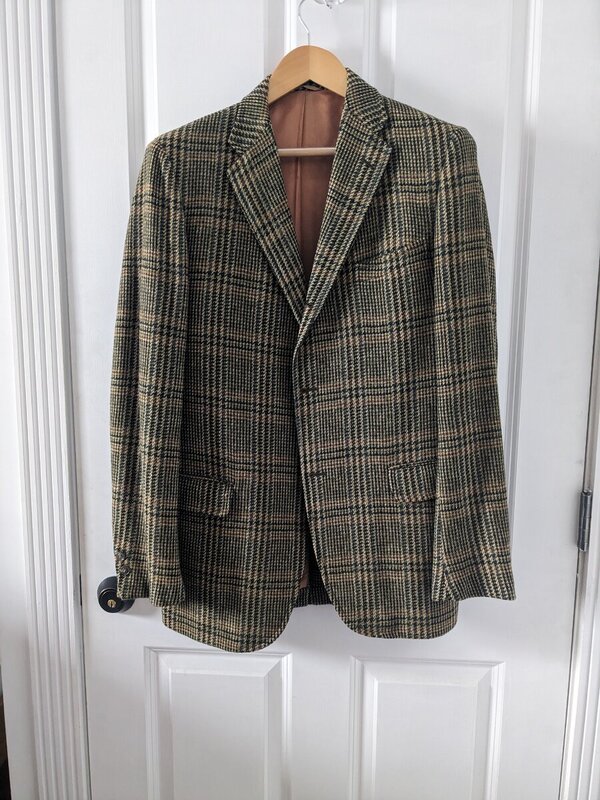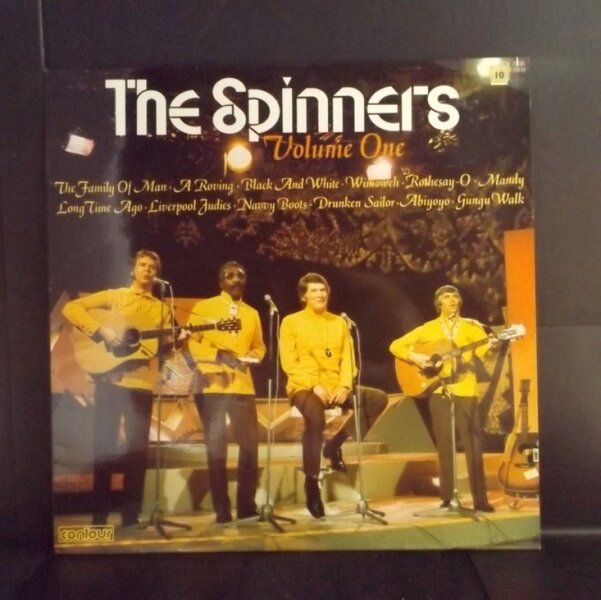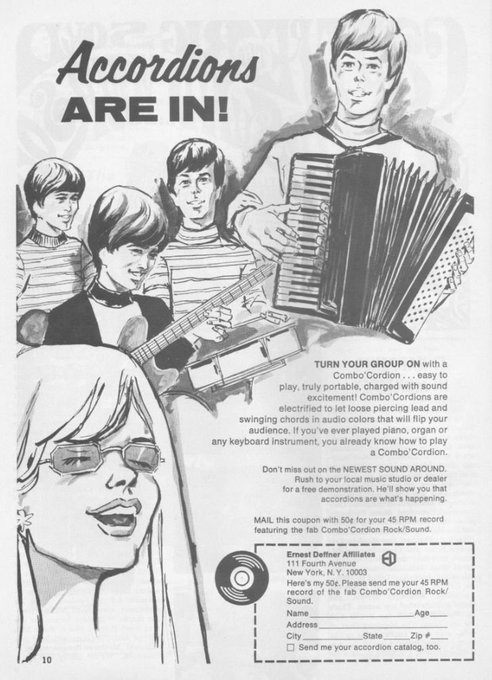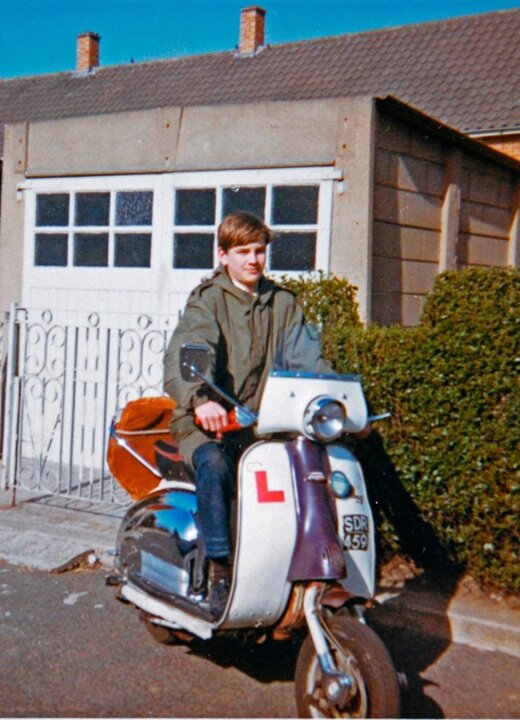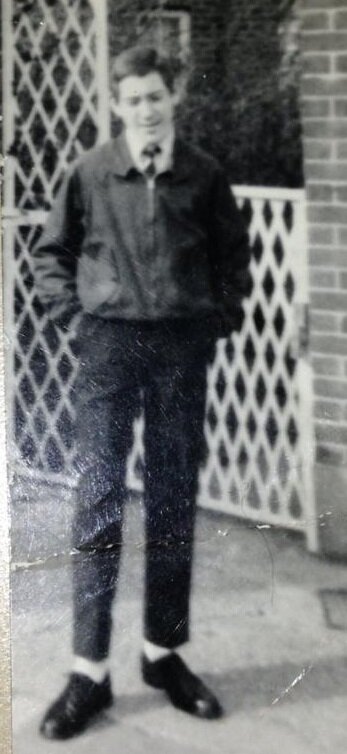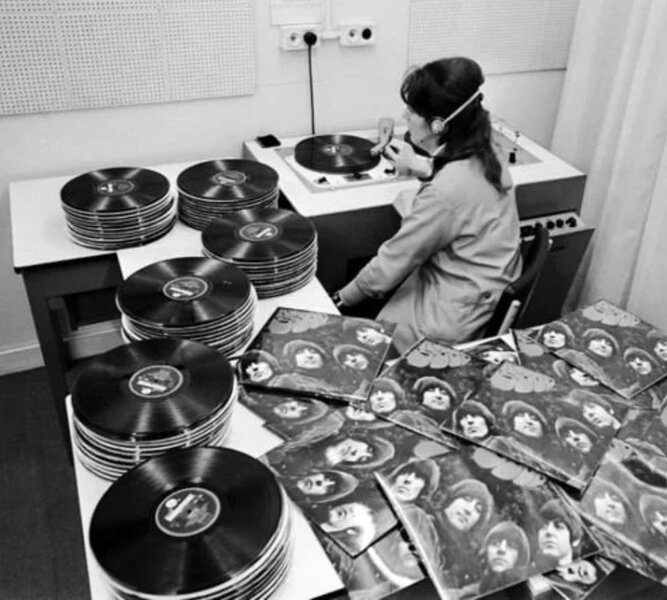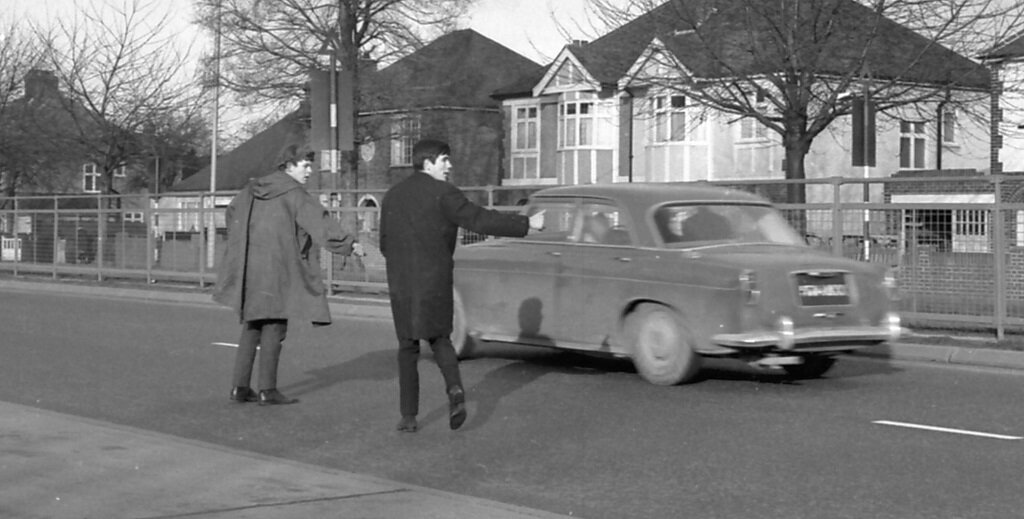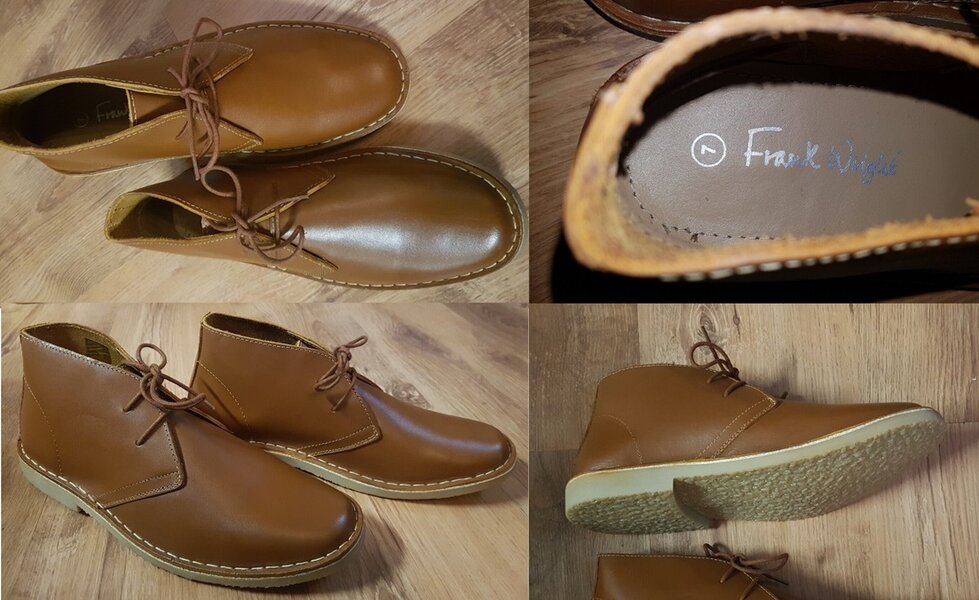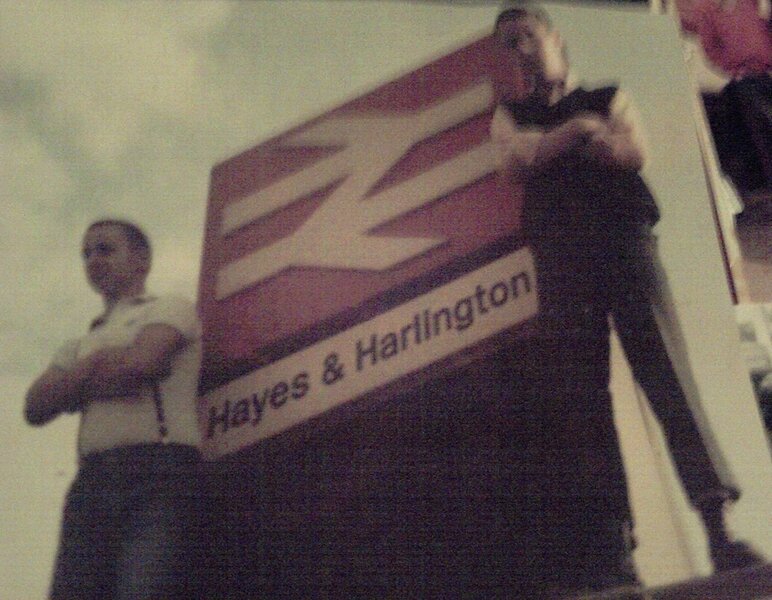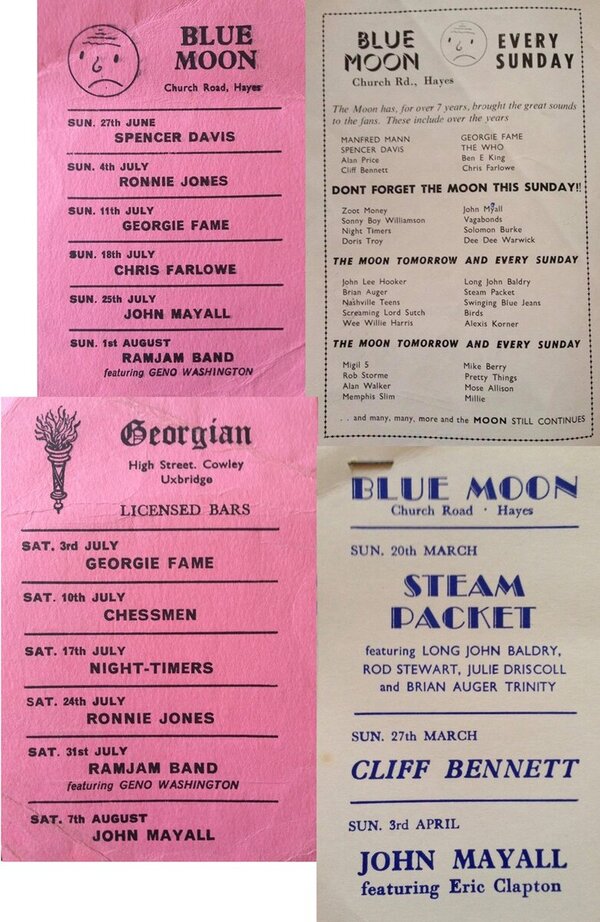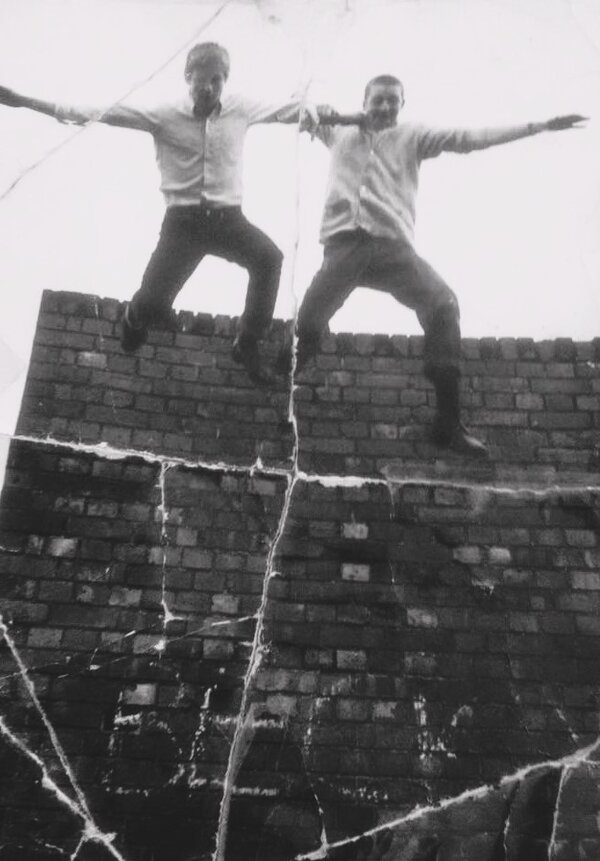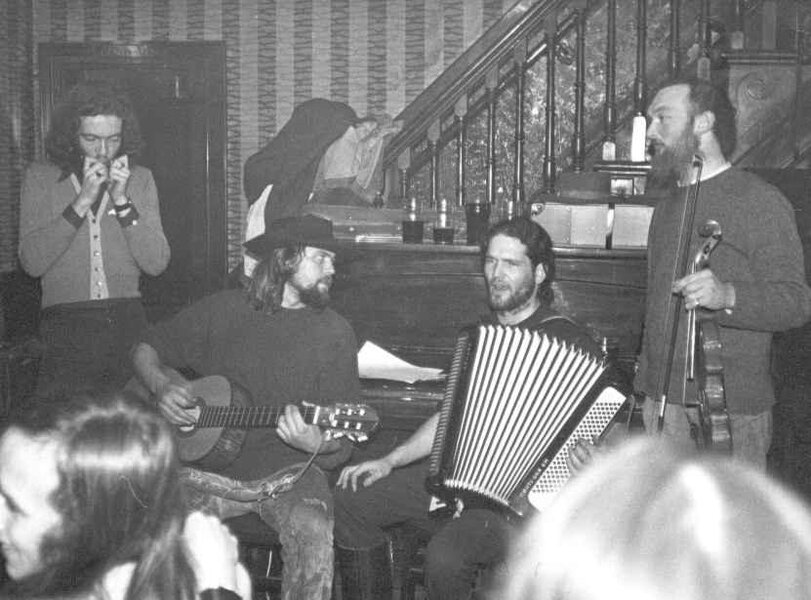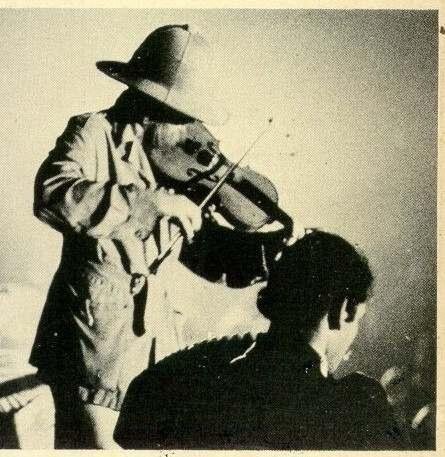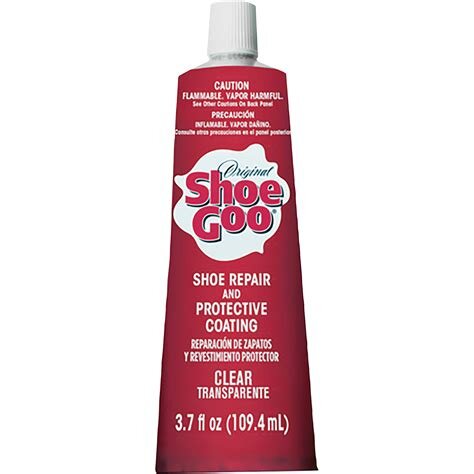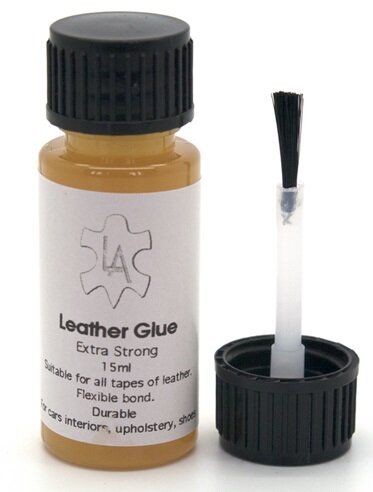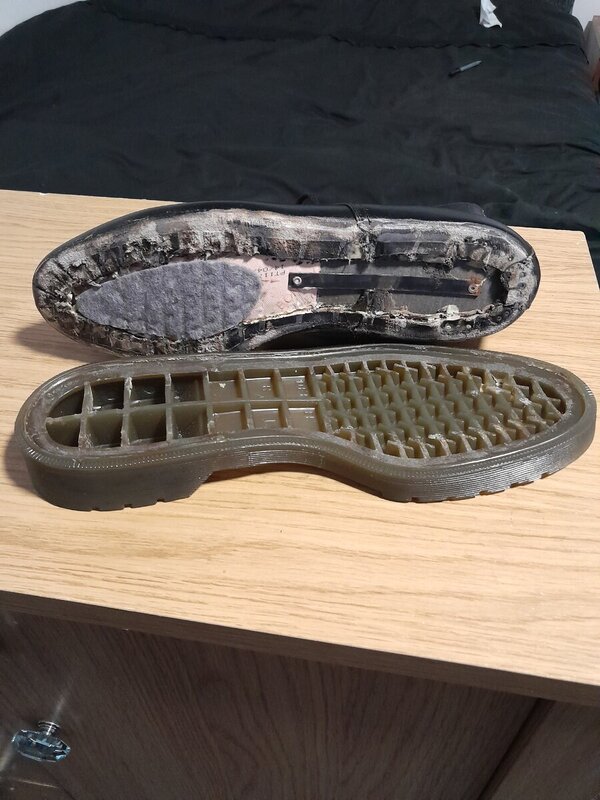Swampster
Senior Member
- Joined
- Jun 20, 2020
- Messages
- 507
- Reaction score
- 674
I had a play with the wages and costs to see what the equivalent would be today.
The easiest way to do it is simply to add in the inflation rate - this would make his £5 pair of shoes cost roughly £100 today - high end high street - better quality Clarks - but not GYW.
It is more accurate to compare spending power compared to wages. This gets more complicated (measuringworth.com gives a great calculator if you are into that kind of thing) but can be simplified a bit. His weekly wage is £7 and that is more or less the same as an apprentice would get as an hourly rate today*. Assuming a 35 - 40 hour week, his shoes now cost getting on for £200 - which can just about get a pair of English made GYW.
His suit would be closer to £400.
Compared to income value change or labour value change, the amounts above would need to be increased by 50% to 100%.
That would probably fit better with the shoes - a pair of 'Jermyns' from Church's in 1958 ("A mature version of the current taper-toe trend" according to the ad) cost 109/9, so pretty close to the £5 he spends.
Even at the lower rate, a lot more than most people would pay today, even if earning much more.
*a bit of a crude equivalence as tax, social support etc have changed over time.
While I was looking for shoe adverts, I came across this page https://www.rushdenheritage.co.uk/shoetrade/ShoeManufsAssoc1958picAds.html of ads from 1958. It struck me that most of these shoes could still be sold today, whereas a lot from, say, 1974 would look really out of place.
The easiest way to do it is simply to add in the inflation rate - this would make his £5 pair of shoes cost roughly £100 today - high end high street - better quality Clarks - but not GYW.
It is more accurate to compare spending power compared to wages. This gets more complicated (measuringworth.com gives a great calculator if you are into that kind of thing) but can be simplified a bit. His weekly wage is £7 and that is more or less the same as an apprentice would get as an hourly rate today*. Assuming a 35 - 40 hour week, his shoes now cost getting on for £200 - which can just about get a pair of English made GYW.
His suit would be closer to £400.
Compared to income value change or labour value change, the amounts above would need to be increased by 50% to 100%.
That would probably fit better with the shoes - a pair of 'Jermyns' from Church's in 1958 ("A mature version of the current taper-toe trend" according to the ad) cost 109/9, so pretty close to the £5 he spends.
Even at the lower rate, a lot more than most people would pay today, even if earning much more.
*a bit of a crude equivalence as tax, social support etc have changed over time.
While I was looking for shoe adverts, I came across this page https://www.rushdenheritage.co.uk/shoetrade/ShoeManufsAssoc1958picAds.html of ads from 1958. It struck me that most of these shoes could still be sold today, whereas a lot from, say, 1974 would look really out of place.
Last edited:


